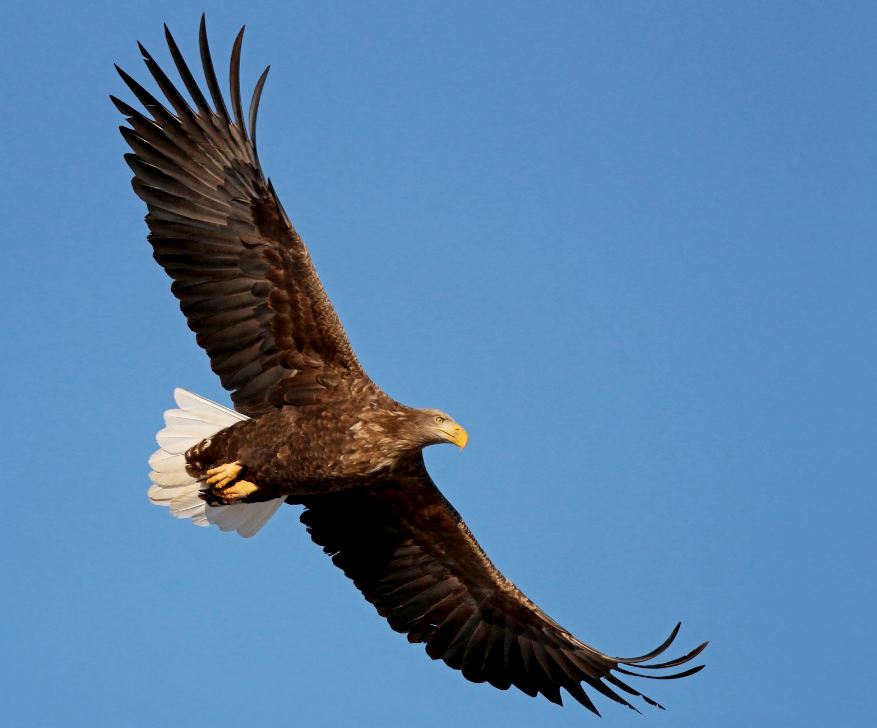White-tailed Eagle: The Majestic Raptor of Vast Ranges
👤
06 May 2025
👁
100

White-tailed Eagle: The Majestic Raptor of Vast Ranges
The White-tailed Eagle (Haliaeetus albicilla), also known as the sea eagle, boasts an extensive global range, as recognized by the IUCN Red List. This awe-inspiring raptor is native to numerous countries, including Pakistan, Afghanistan, India, China, Russia, Japan, Korea, and most of Europe. Thriving in temperate, tundra, and boreal zones, it ranks among the most widespread eagle species worldwide.

Preferred Habitats and Nesting Sites
White-tailed Eagles favor open, expansive landscapes such as lakes, river valleys, and coastal regions. These environments support their large size and hunting needs. For nesting, they seek out large, old-growth trees or undisturbed cliffs, which provide secure platforms for their substantial nests.

Diet and Behavioral Patterns
The diet of the White-tailed Eagle is diverse, primarily consisting of fish, birds, and mammals from marine, freshwater, and terrestrial ecosystems. While some populations remain sedentary, those in northern and eastern regions migrate seasonally to follow food sources or milder climates.
Distinctive Physical Characteristics
Known for their impressive "barn door" wings, White-tailed Eagles feature a large head and thick, yellow beak. Adult eagles display grayish-brown plumage, a paler head and neck, blackish flight feathers, and a striking white tail. Their legs are also yellow. Juveniles start with darker tails and beaks, gradually developing the white tail as they mature.
These raptors are among the largest birds, measuring 26–37 inches in length with a wingspan of 5.8 to 8.0 feet. With a potential lifespan exceeding 25 years, their average life expectancy is around 21 years.

Conservation Challenges and Threats
Despite their wide distribution, White-tailed Eagles face significant threats, including:
- Habitat loss and wetland degradation
- Disturbance from human activities and persecution
- Environmental pollution affecting ecosystems
- Wind turbine collisions, a growing concern
- Unregulated use of poisons in agriculture

Modern forestry practices reduce suitable nesting sites, while in regions like Russia, logging and oil exploration pose additional risks. However, robust conservation efforts in Europe have spurred population recoveries, offering hope for this species' future.
The White-tailed Eagle is a symbol of wilderness and resilience, captivating birdwatchers and conservationists alike. By addressing threats and supporting conservation initiatives, we can ensure this majestic raptor continues to soar across its vast range for generations to come.
Whitetailed Eagle
Haliaeetus albicilla
Sea Eagle
Raptor Species
Global Distribution
Eagle Habitat
Bird Conservation
Nesting Preferences
Eagle Diet
Wildlife Threats
Latest Bara Online News
Comments



Add a Comment "White-tailed Eagle: The Majestic Raptor of Vast Ranges"